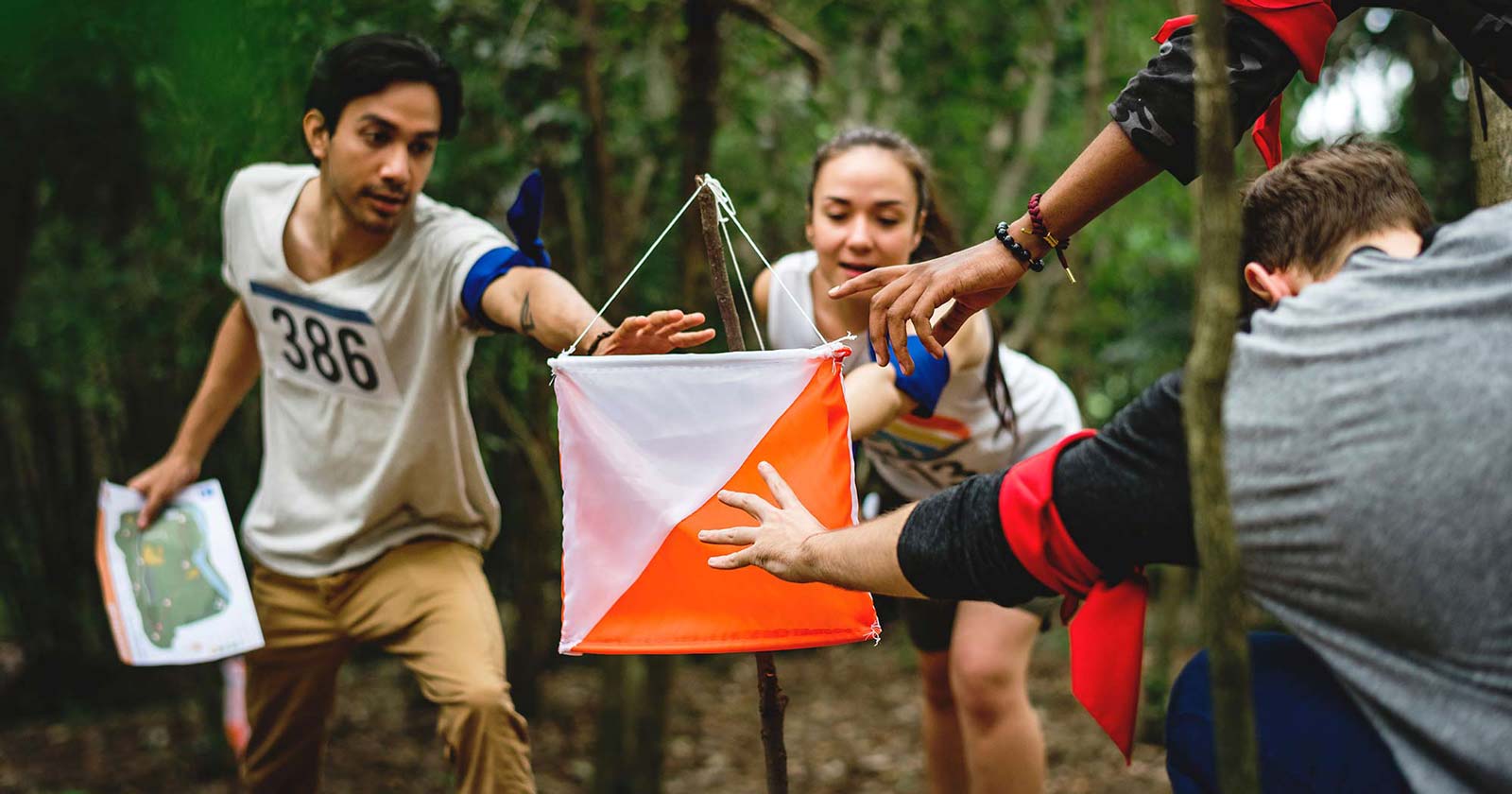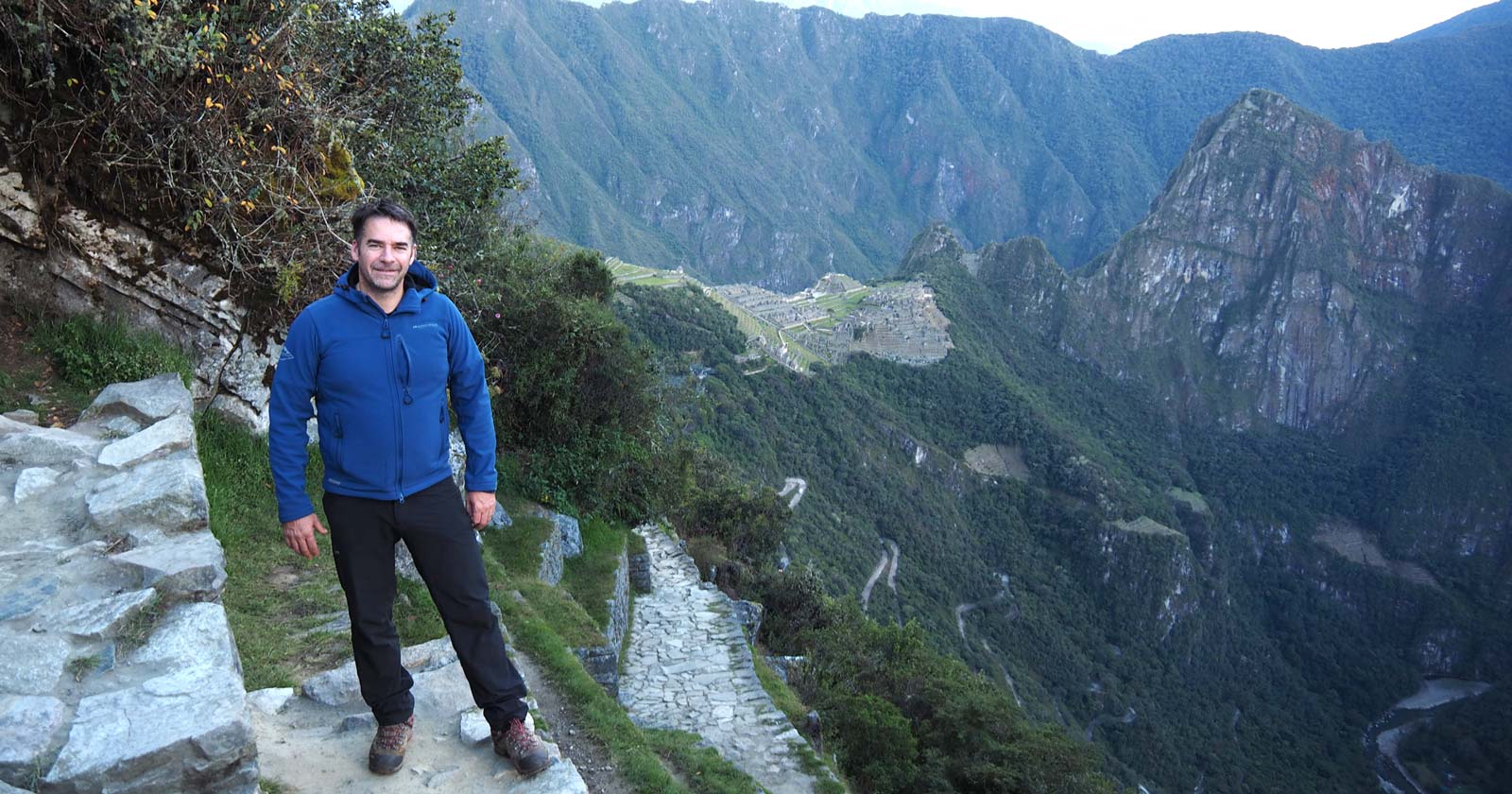Adventure in the bush
Do you love exploring the outdoors, solving puzzles, and pushing your physical limits? If so, then you might be interested in trying orienteering or rogaining, two adventure sports that combine navigation, strategy, and endurance. While both activities involve navigating through unfamiliar terrain using a map and compass, there are some key differences that set them apart.
Orienteering: Precision navigation at high speed
Imagine sprinting through a forest, adrenaline pumping as you decipher a map, pinpoint control points, and race against the clock. That’s the essence of orienteering. In this sport, participants follow a pre-determined course, visiting checkpoints in a specific order. The winner is the person or team who completes the course in the fastest time.
Orienteering courses are typically shorter, ranging from 30 minutes to a couple of hours. They can be held in various terrains, from forests and parks to urban environments. While some courses are straightforward, others can be quite challenging, with intricate route choices and hidden controls.
Rogaining: A strategic journey through the wilderness
If you prefer a longer, more open-ended adventure, then rogaining might be your cup of tea. In this sport, participants are given a map of an area with a number of checkpoints scattered throughout. The goal is to score the most points within a set time limit by visiting as many checkpoints as possible. Checkpoints are assigned different point values based on their difficulty and distance from the start/finish.
Rogaining events are much longer than orienteering events, ranging from 2 to 24 hours. This means that teams need to manage their pace and energy carefully, as well as factor in things like terrain, weather, and daylight. The strategic element of rogaining is what makes it so appealing to many participants. Deciding which checkpoints to visit and in what order requires careful planning and collaboration.
Benefits for hikers and bushwalkers
Both orienteering and rogaining can offer a variety of benefits for hikers and bushwalkers, both physically and mentally. Here are a few:
Physical benefits:
- Improved cardiovascular fitness: Both orienteering and rogaining involve sustained periods of physical activity, which can help to improve your cardiovascular health.
- Increased strength and endurance: The varied terrain and challenges of these sports can help to build strength and endurance in your legs, core, and upper body.
- Improved balance and coordination: Navigating uneven terrain and obstacles can help to improve your balance and coordination.
- Weight management: The calorie-burning nature of these sports can help you to manage your weight or lose weight if desired.
Mental benefits:
- Improved problem-solving skills: Orienteering and rogaining require you to think strategically and solve problems on the fly, which can help to improve your problem-solving skills in other areas of life.
- Enhanced map and compass skills: These sports will give you ample opportunity to practice your map and compass skills, which can be beneficial for any outdoor enthusiast.
- Increased confidence: Successfully navigating challenging terrain and completing a course or event can give you a great sense of accomplishment and boost your confidence.
- Reduced stress: Spending time in nature has been shown to reduce stress levels, and orienteering and rogaining can provide a great way to escape the hustle and bustle of everyday life.
In addition to the benefits listed above, orienteering and rogaining can also be a great way to meet new people and make friends. Many local clubs and organisations offer events and training sessions for all levels of experience.
If you’re looking for a new challenge and a way to improve your physical and mental fitness, then orienteering or rogaining may be the perfect sport for you. So why not give it a try? You might just surprise yourself with what you can accomplish.
Which sport is right for you?
Both orienteering and rogaining offer unique challenges and rewards. So, which sport is right for you? Here are some things to consider:
- Experience level: Orienteering is generally considered to be the easier one to get started with, especially if you have some basic navigation skills. Rogaining requires more endurance and strategic thinking, so it might be better suited for experienced outdoor enthusiasts.
- Preferred length: If you’re short on time, orienteering is a great option. If you’re looking for a longer, more epic adventure, then rogaining is the way to go.
- Teamwork vs. solo: Orienteering can be done individually or in teams, while rogaining is almost always a team sport. Consider whether you prefer to compete solo or collaborate with others.
No matter which sport you choose, you’re sure to have a great time exploring the outdoors, testing your limits, and making memories that will last a lifetime. So, grab your map, compass, and sense of adventure, and head out into the wild!
Additional tips
Here are some additional tips for hikers and bushwalkers who are interested in trying orienteering or rogaining:
- Before your first event, be sure to practice using a map and compass. There are many online resources and tutorials available to help you get started.
- Start with a beginner-friendly event or course.
- Dress in layers and wear comfortable shoes that provide good traction.
- Stay hydrated and bring snacks with you, especially for longer events.
- Let someone know your route and expected return time.
- Most importantly, have fun and enjoy the challenge!
I hope this blog post has helped you learn more about the differences between orienteering and rogaining. If you have any questions, please feel free to leave a comment below.

















My wife and I often join Victorian rogaining events. They are a lot of fun (provided you don’t expect to win, like I always hope to). I’m a long way off the pace of the more seasoned experts.
Never heard of rogaining. Might be something I can get hubby into, will have to check if there are events in SA
Jo Flaherty it’s good fun. Here’s a specific article I wrote about it. https://www.trailhiking.com.au/navigation/improve-trail-navigation-with-rogaining/
Jo Flaherty here’s a link for you https://sarogaining.com.au
Trail Hiking Australia yep found the rogaining SA fb page. Will look at your info as well. Thanks for that 😊
Thanks for promoting these two sports.
It is worth noting that you do not need worry about being competitive, particularly in rogaining. The sports cater for the fully spectrum, from elite athletes to those who want to have a relaxed walk in the bush with some navigation thrown in.
Jonathan Miller totally agree you don’t have to worry about competing. It’s such a great, fun way to develop or hone your skills. Families are also welcome. My boys used to come with us when they were younger. We even won a chocolate frog once. Just a nice way to spend time together and have a lot of fun outdoors. Plus I love the great spread of food Victorian Rogaining Association put on after the event.
Orienteering Australia
https://www.facebook.com/ausrogaining?mibextid=ZbWKwL
Media: https://www.facebook.com/ausrogaining
Orienteering NSW thanks for sharing.